Water quality is a major concern on Cape Cod. We've put a plan into action to address it.
The Plan
The Cape Cod Water Resources Restoration Project will address these important issues. Federal, state and local agencies have partnered to identify problems and formulate solutions. The costs and benefits of various alternatives have been evaluated and sponsors' decisions are contained in a watershed plan.
The plan identifies 76 sites throughout Cape Cod for possible restoration:
24
Fish Passages
26
Storm water discharge sites
26
Tidal-restricted salt marshes
A cooperative effort in partnership with:
“The Commonwealth is an original sponsor of the 2007 CCWRRP and a signatory to the Watershed Agreement. From 2007-2013, our Department of Fish and Game (DFG), Division of Marine Fisheries (DMF) and our Division of Ecological Restoration worked with the NRCS, Cape Cod towns, and the other sponsors to complete 25 Phase I restoration projects. These efforts have made important improvements to the salt marsh, fish passage, and shellfish resources of Cape Cod. Recently, DFG staff worked with the Cape Cod Conservation District and others to update the original CCWRRP project list....We are excited about the prospects of renewed funding.”
“With the signing of this agreement, the Cape Cod Water Resources Restoration Project will finally be implemented after many years of planning and the forging of partnerships. We know that these strong partnerships will continue as work gets underway across the Cape.”

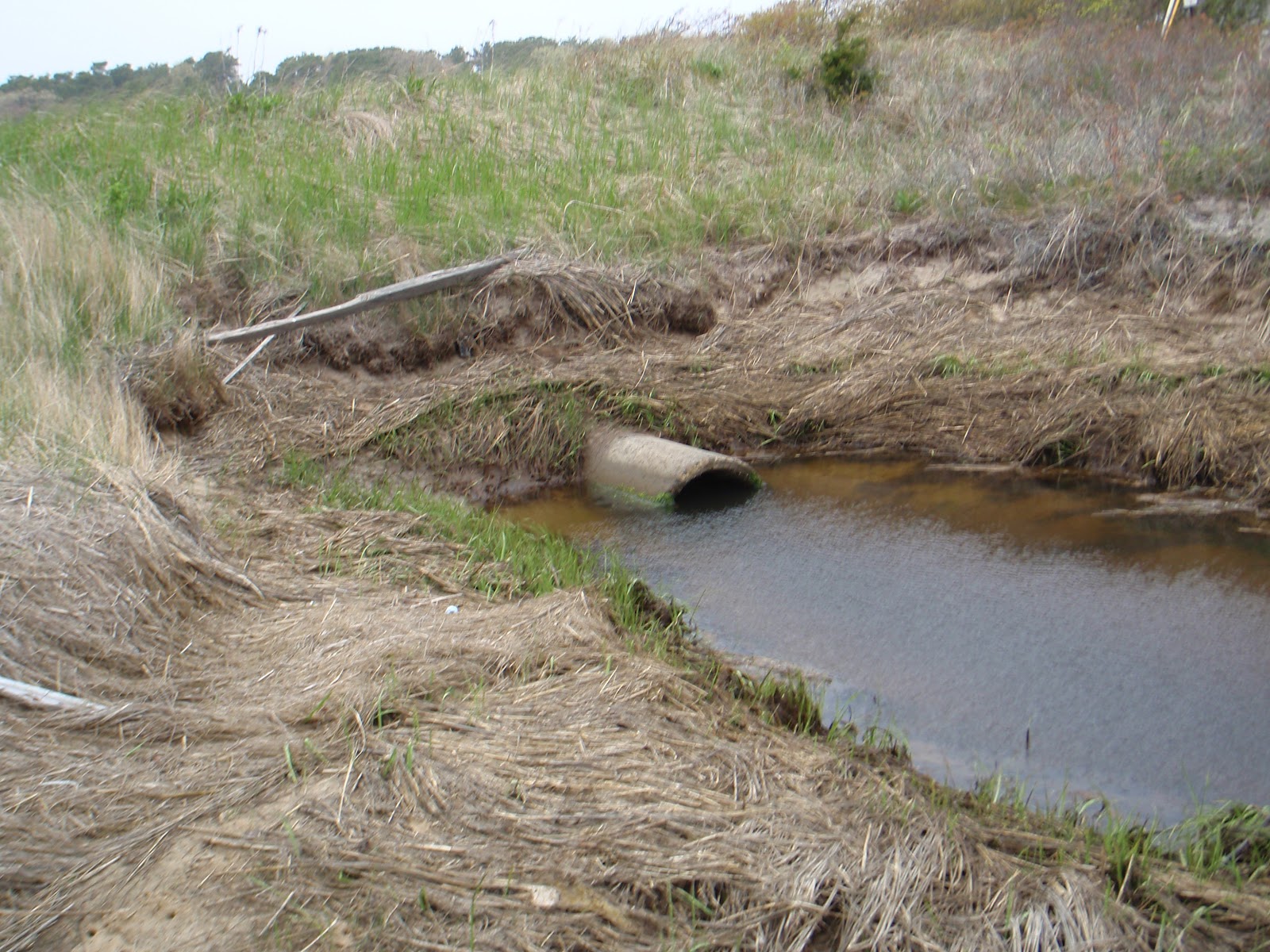


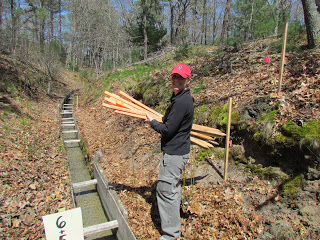
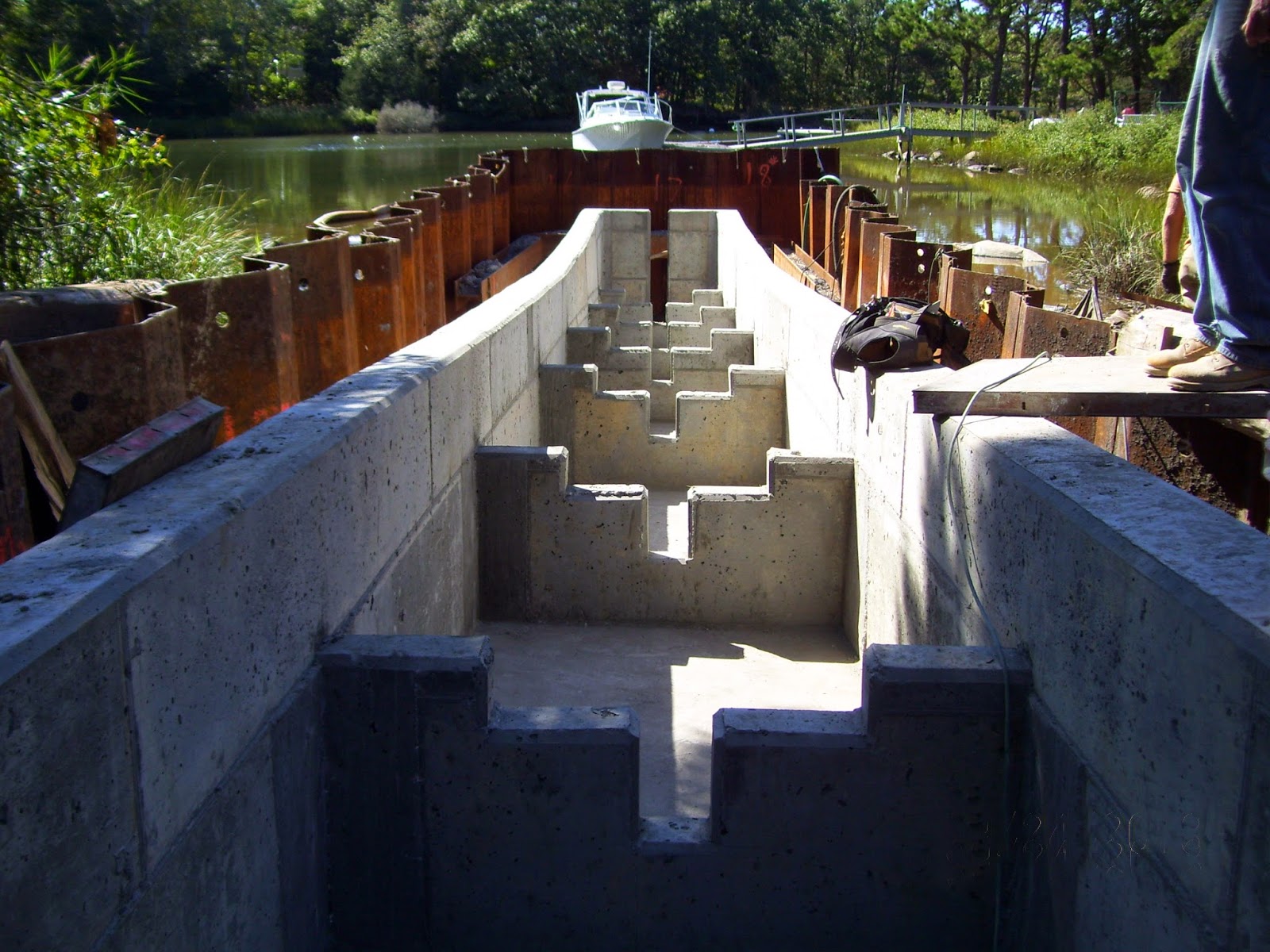
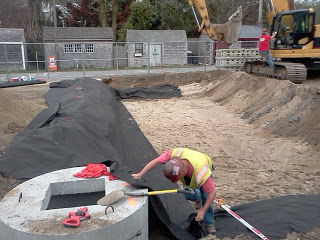
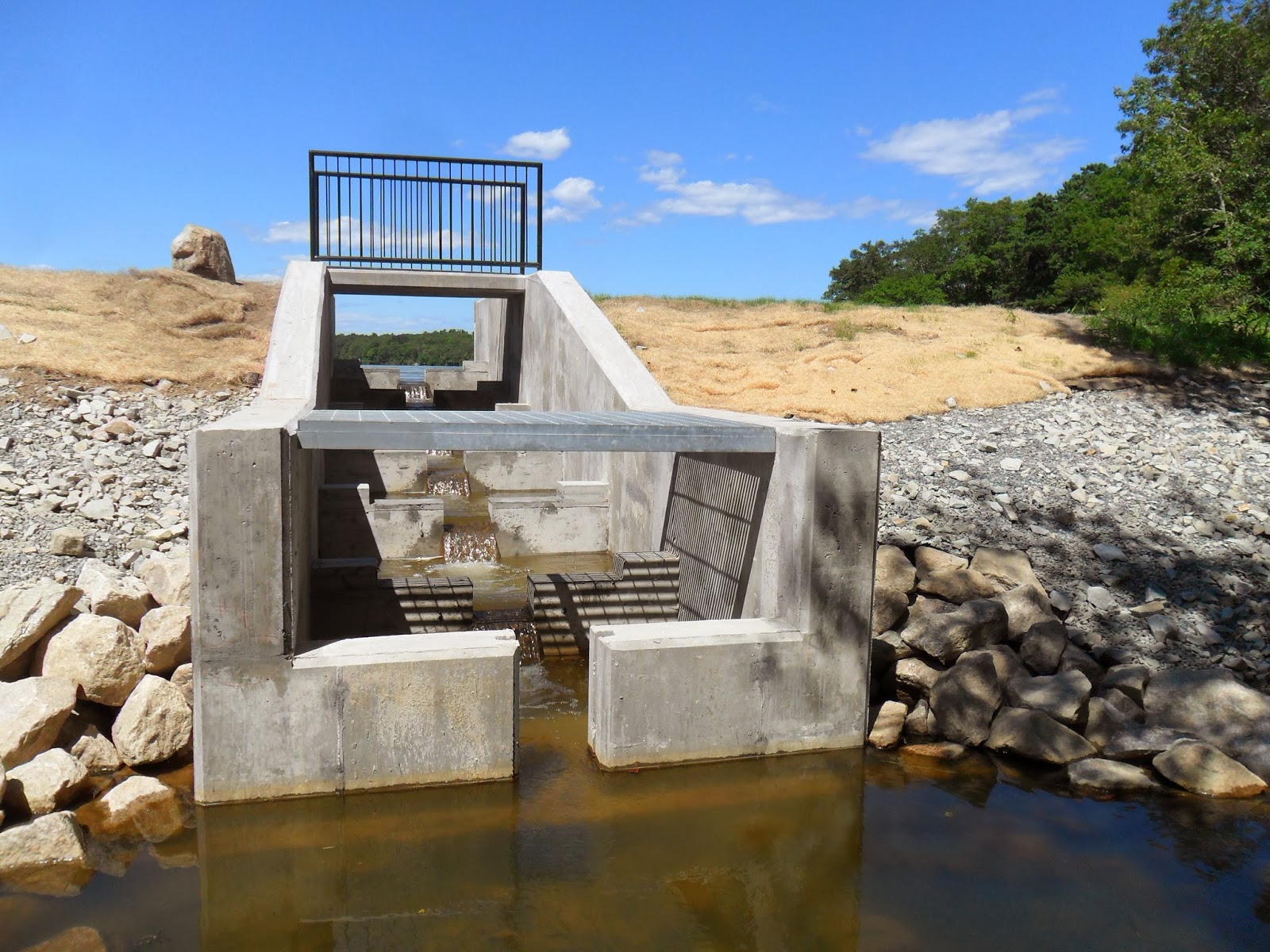
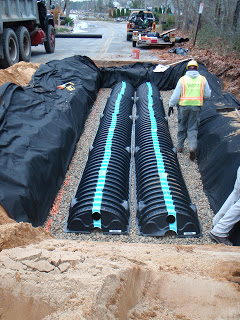

What will be done?
1.
Larger Culverts - Goal is to restore tidally-restricted salt marshes-where barriers interfere with normal daily tidal flow - by improving hydrology (the movement of water) to these areas. Fish and wildlife that depend on this type of ecosystem will benefit.
2.
Fish Ladders - Goal is to restore fish passage on existing anadromous fish runs. River herring are just one of the many fish species that migrate from the ocean to fresh water to spawn. Ladders and passages allow fish to by-pass man-made barriers.
3.
Dry Wells and Sand Filters - Goal is to restore and protect shellfish beds by treating stormwater runoff. These systems use vegetation or sand to filter contaminants from the runoff before it reaches shellfish beds.
“The Conservation District very much appreciates the support and help from the Association to Preserve Cape Cod. They have been a critical partner in helping us update the plan, educate our legislators, and build community support”




